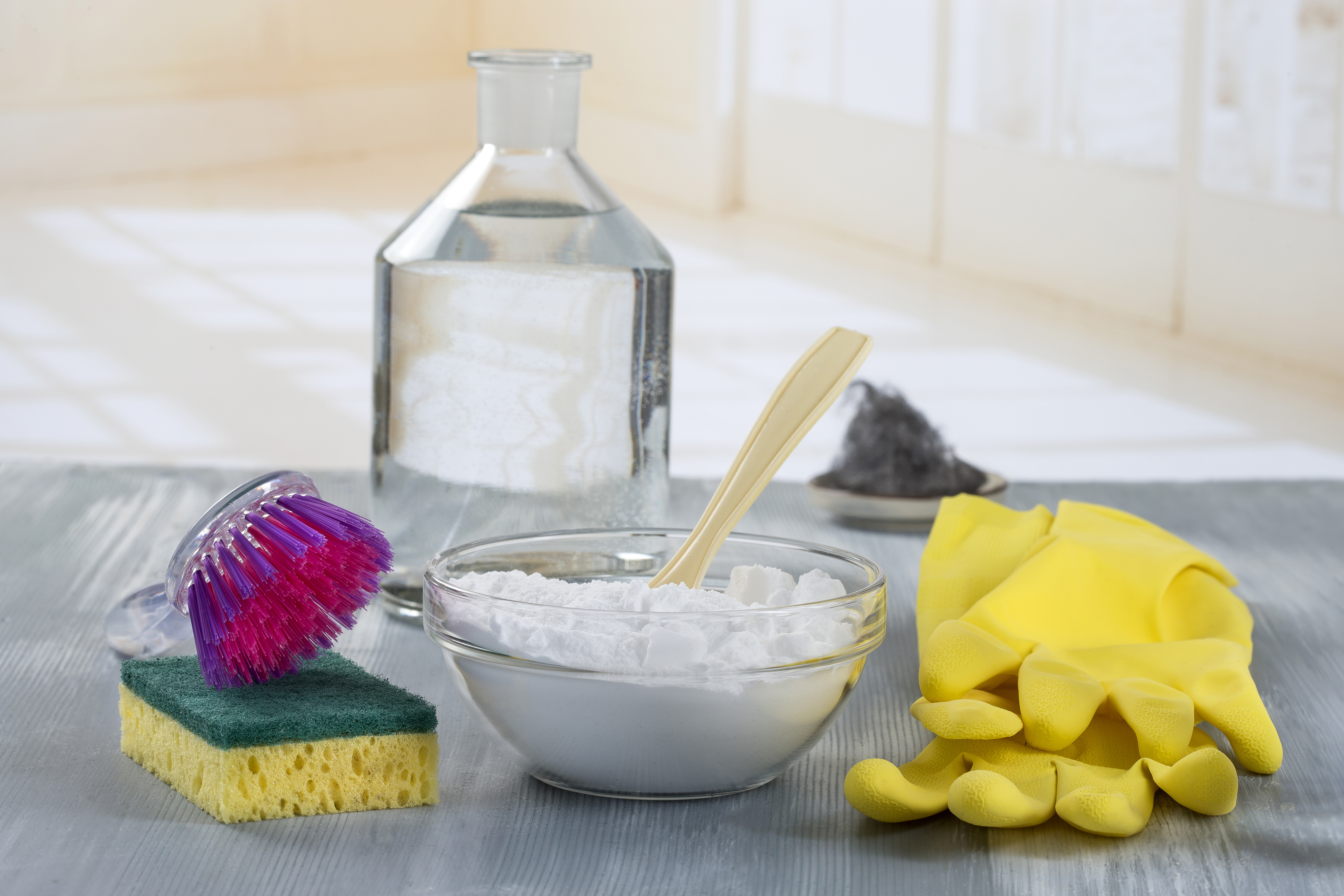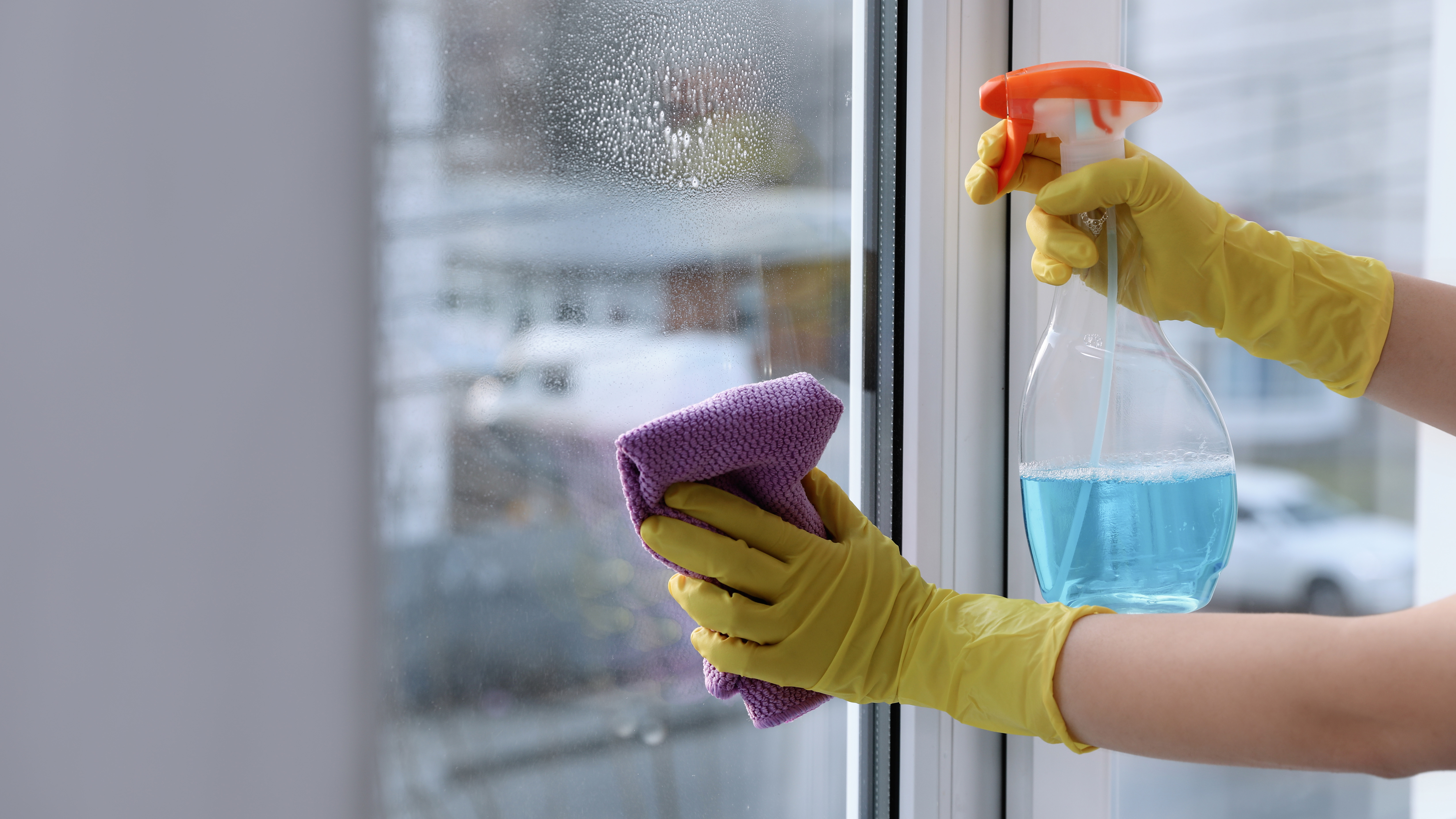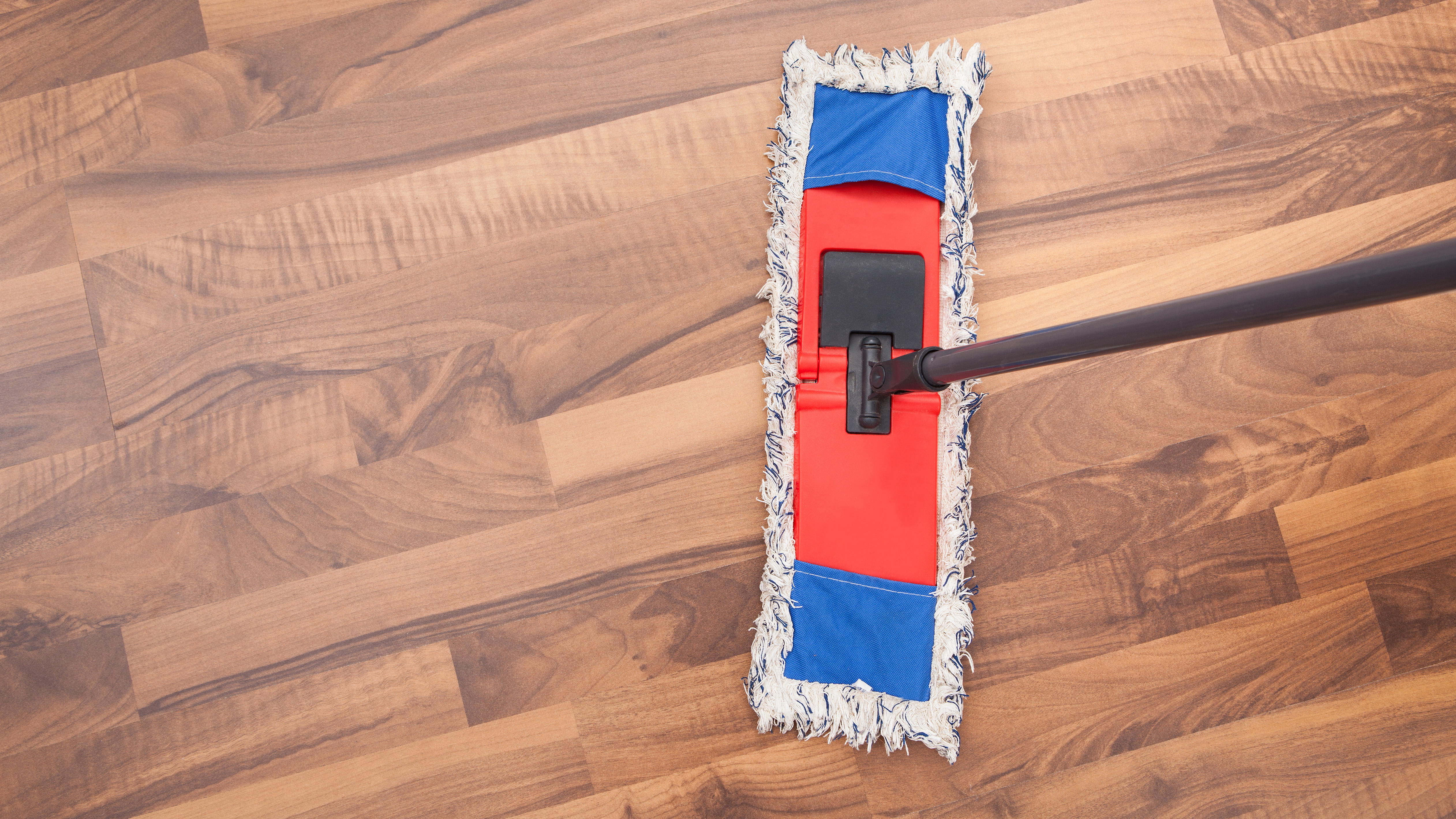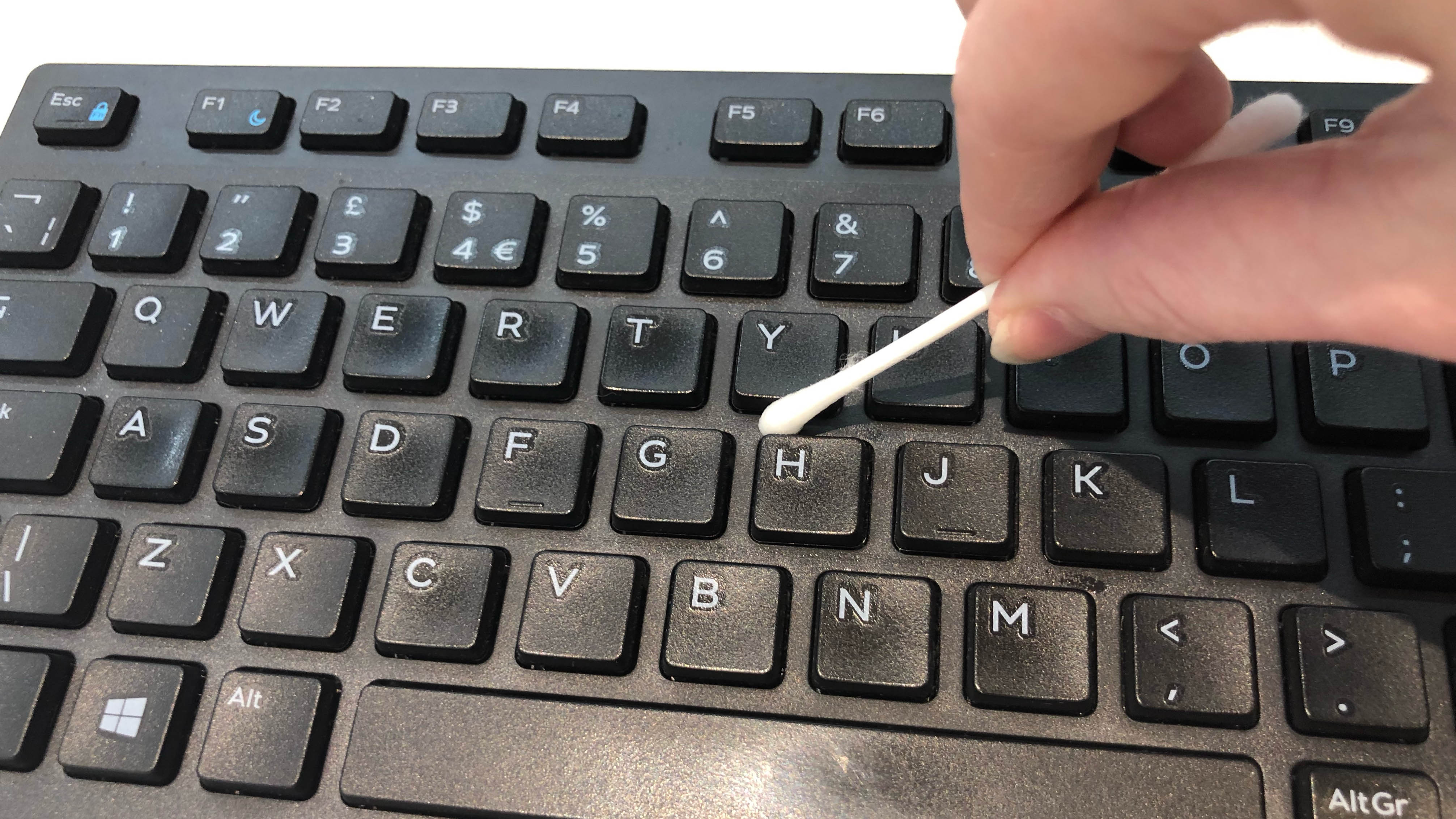7 things you should never clean with baking soda
Find out what things you should never touch with baking soda

When it comes to a natural, non-toxic cleaner, baking soda is a go-to item in our kitchen cupboard. Good for removing dirt and tackling stubborn stains when cleaning every room in the home, there are so many things you didn’t know you could clean with baking soda.
And together with white vinegar (its partner in crime), these household items make the ideal cleaning combo to tackle our chores. If you want to know more, find out what makes baking soda and white vinegar so good at cleaning.
But, despite its stain removal powers, there are some things you should never clean with baking soda. Baking soda is mildly abrasive, and will scratch or cause damage when cleaning certain surfaces. To avoid damage (and replacement costs), here are the top things experts warn you to never clean with baking soda.
Be sure to also check out 9 gross things you forget to clean around your home and 9 things you should never clean with an all-purpose cleaner — you’ll be surprised.
1. Glass/mirrors

If your glass or mirrors have streaks or dirt, don’t take out the baking soda to clean them. Since baking soda is an abrasive cleaner, this may scratch or damage the glass surface. If you want to master how to clean windows and leave them streak-free, it’s always best to use white vinegar or glass cleaner instead.
2. Hardwood floors and wood furniture

If you want a shiny, wooden floor, avoid using baking soda. Baking soda is too harsh on wood sealants used in wooden furniture or flooring, and will only damage or warp the hardwood. Stick to the good, old fashioned soapy water when learning how to clean hardwood floors or wood cleaner instead for a spotless surface.
3. Marble or quartz countertops

Similarly, never use baking soda to clean marble countertops. This could scratch or wear down the sealant over time, causing it to lose its shiny appearance. What’s more, marble, quartz or any other natural stone are expensive materials, so repairing any damage can be costly. Instead, use dish soap and water, or a specific, marble cleaner to clean your kitchen worktops, and prevent etching.
Get instant access to breaking news, the hottest reviews, great deals and helpful tips.
4. Gold plated dinnerware

If you want to get your gold lined cutlery or dishes shiny, don’t clean with baking soda. Gold (and antique silver) are extremely soft metals to cope with the abrasive, baking soda. Not only will it scratch the finish, but may cause the plating to wear off completely.
5. Ceramic stovetop/oven

If you’re cleaning a glass stove, make sure it’s not ceramic. While baking soda is great at cleaning gas stovetops, it’s far too harsh on ceramic glass. Not only will it leave a white film that is hard to remove, but will scratch the surface. Also, avoid using baking soda to clean oven doors, and opt for lemon or white vinegar instead. Then, wipe it with a dry cloth.
6. Aluminium cookware

While baking soda is great for cleaning stainless steel metal pots and pans, avoid using it on aluminium cookware. Once the baking soda penetrates the surface, it will lead to oxidisation, causing the item to discolor and turn brown. Simply use dish soap and water to clean aluminium, or use lemon and white vinegar for stubborn stains.Y ou may also want to read how to clean stainless steel without damaging it.
7. Items with deep grooves or cracks

If you’re cleaning surfaces with grooves or cracks, avoid using baking soda. Baking soda tends to leave behind a dusty, white residue after it dries, so can look unsightly on certain surfaces. Items such as keyboards, mouse, TV remote, or even cane furniture that are tricky to clean, can be simply cleaned with a microfiber cloth. In any case, here’s how to clean a keyboard properly for best results.
Be sure to check out the cleaning mistakes that will ruin your home. Similarly, here are 7 things you should never clean with white vinegar, and check out our 7 things you should never clean with bleach to avoid damage.
If you want to know more cleaning hacks, check out these 9 things you didn’t know you could clean with a lemon, and check out this TikTok hack to remove limescale from taps for more tips and tricks. Finally, always remember that even your cleaning products need cleaning, so it's worth learning how to clean a microfiber cloth.
Want to clean out spiders? Here's the answer to if horse chestnuts can keep spiders away.

As the Homes Content Editor, Cynthia Lawrence covers all things homes, interior decorating, and garden-related. She has a wealth of editorial experience testing the latest, ‘must-have’ home appliances, writing buying guides and the handy ‘how to’ features.
Her work has been published in various titles including, T3, Top Ten Reviews, Ideal Home, Real Homes, Livingetc. and House Beautiful, amongst many.
With a rather unhealthy obsession for all things homes and interiors, she also has an interior design blog for style inspiration and savvy storage solutions (get rid of that clutter!). When she’s not testing cool products, she’ll be searching online for more decor ideas to spruce up her family home or looking for a great bargain!
